I have the following op-amp circuit:

simulate this circuit – Schematic created using CircuitLab
When I use and apply KCL, we can write the following set of equations:
$$ \begin{cases} \text{K}_1:\text{I}_4=\text{I}_1+\text{I}_7\\ \\ \text{K}_2:\text{I}_7=\text{I}_2+\text{I}_3\\ \\ \text{K}_3:0=\text{I}_1+\text{I}_2+\text{I}_8\\ \\ \text{K}_4:\text{I}_9=\text{I}_5+\text{I}_{10}\\ \\ \text{K}_5:0=\text{I}_3+\text{I}_6+\text{I}_{10}\\ \\ \text{K}_6:\text{I}_5=\text{I}_4+\text{I}_6+\text{I}_8+\text{I}_9 \end{cases}\tag1 $$
In the system of equations, \$\text{K}_6\$ gives the KCL of the incoming and outgoing current from the sources to the ground.
Question: there is a mistake in my KCL equations, but where is it? Because I get the wrong answers.

